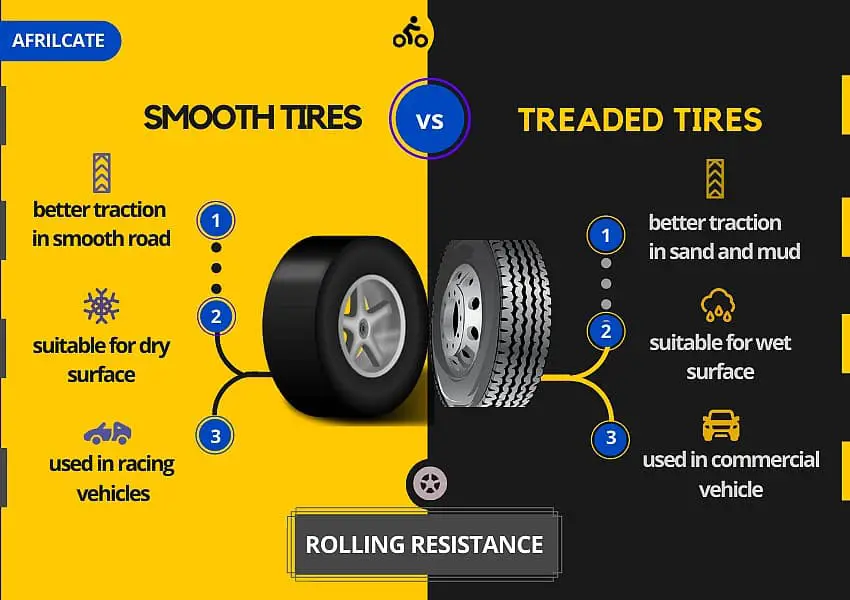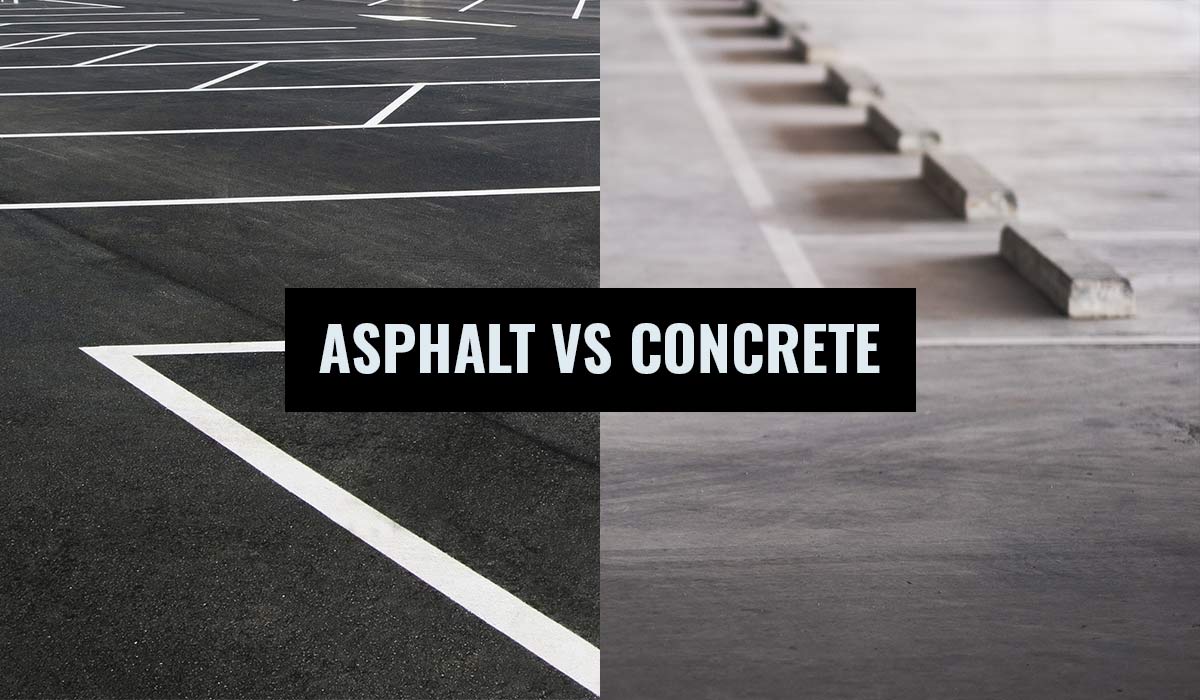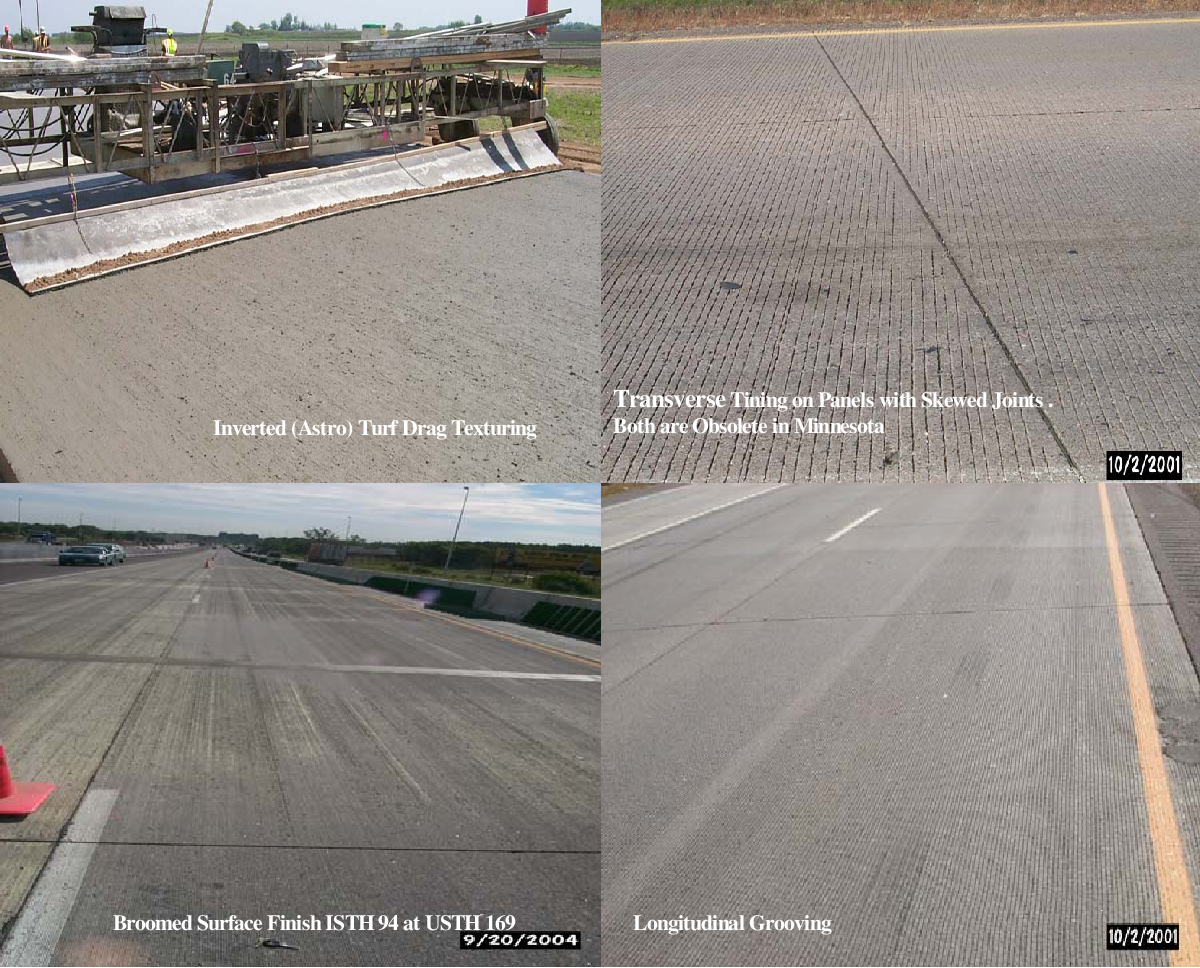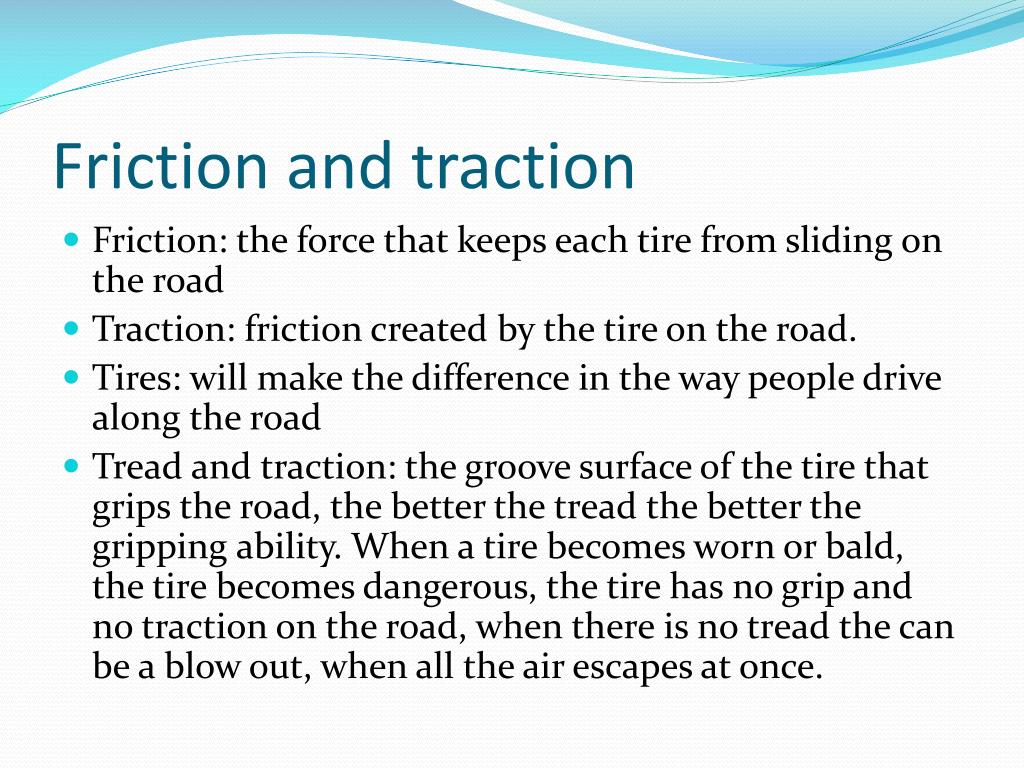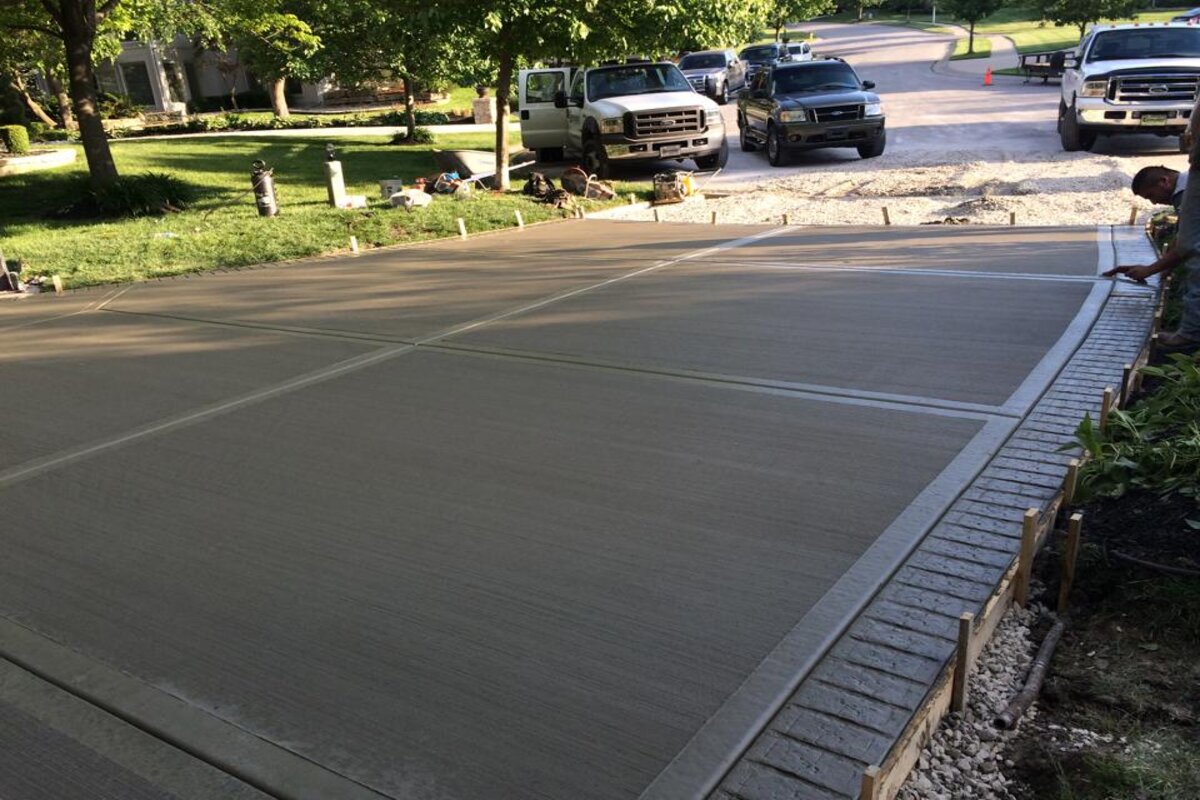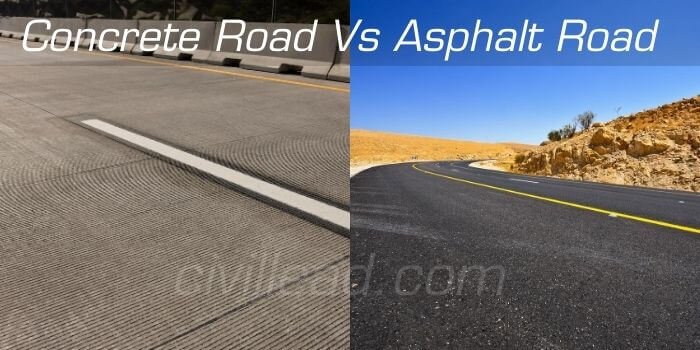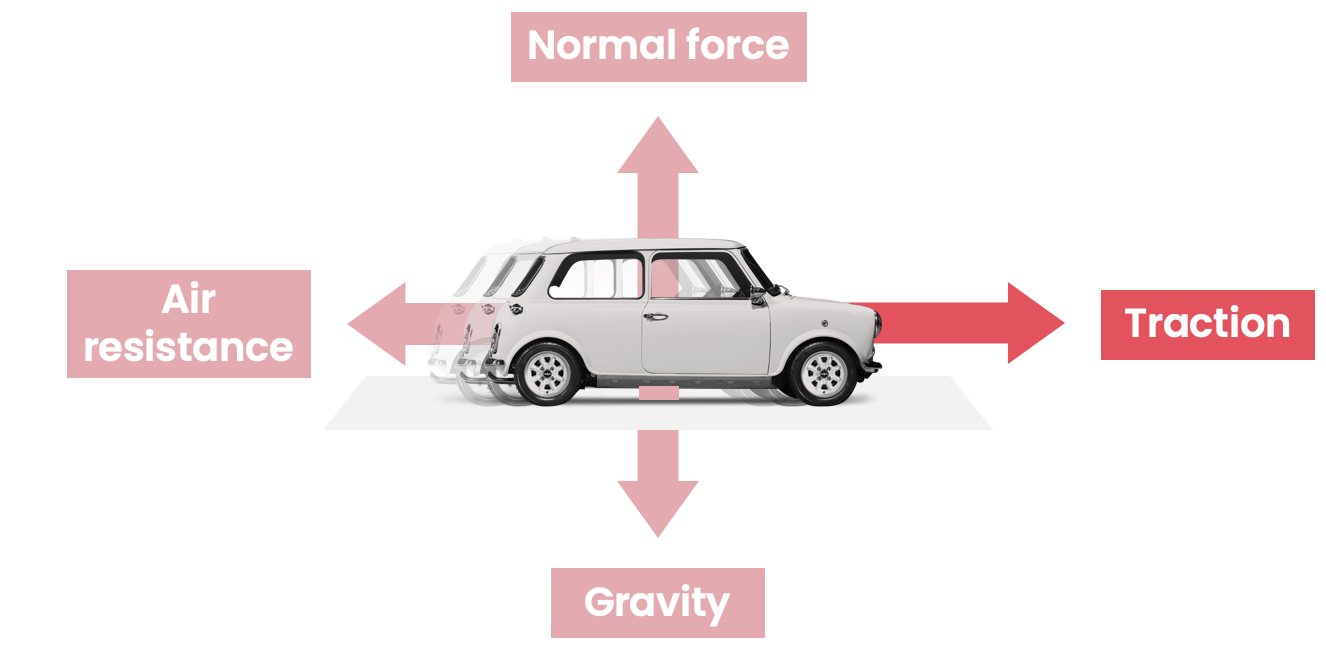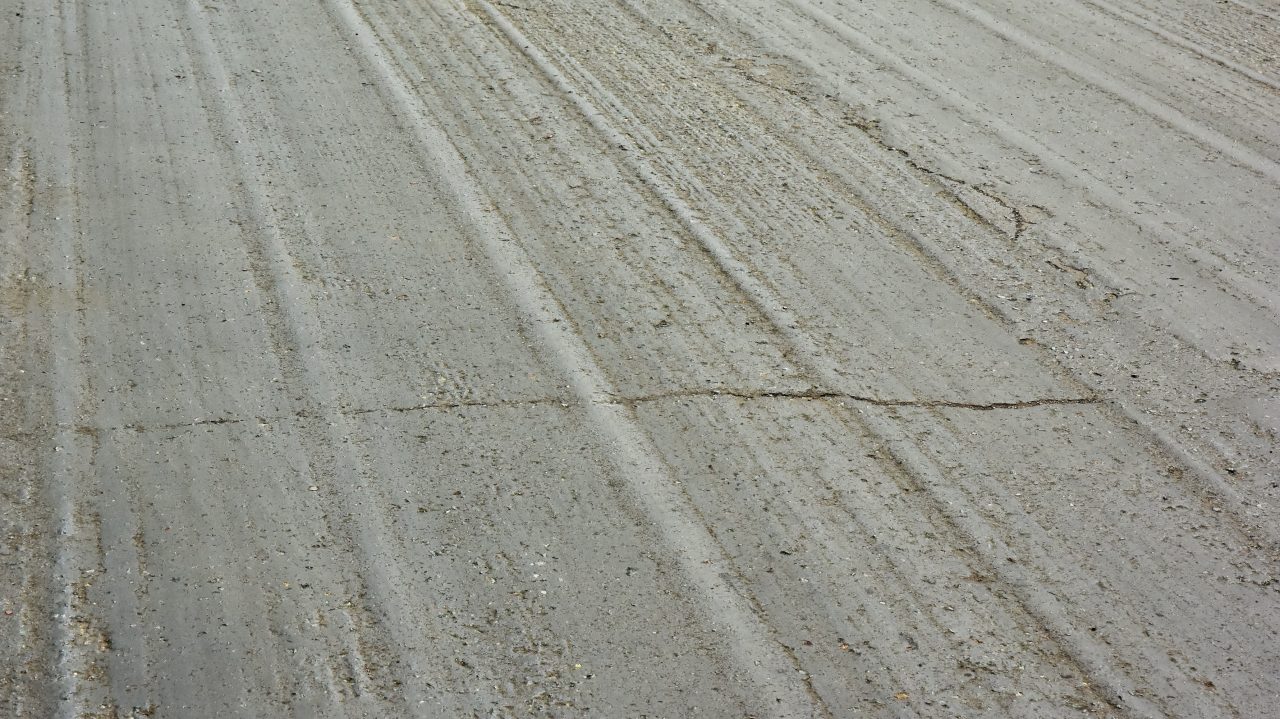What Provides Less Traction Than When Driving On Concrete
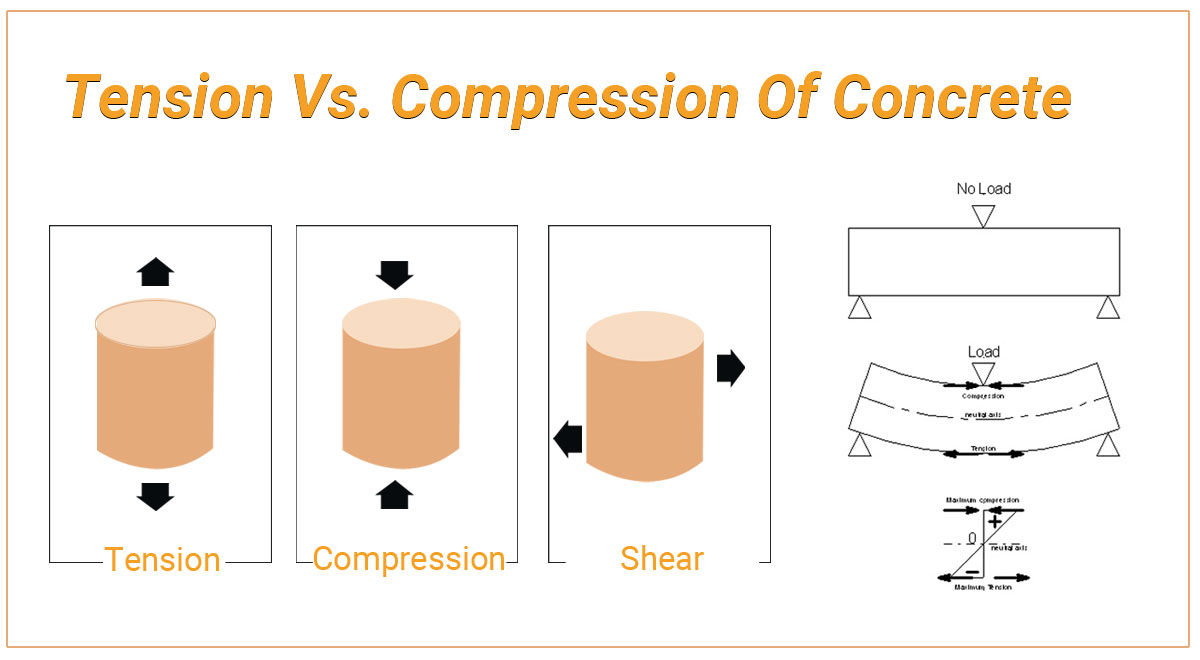
Urgent warnings are being issued nationwide as a surge in accidents highlights a critical driving hazard: Surfaces providing significantly less traction than concrete are contributing to a spike in vehicular incidents.
This article details the most treacherous road conditions, backed by data analysis, aiming to equip drivers with knowledge to mitigate risks on compromised surfaces.
Gravel and Loose Aggregate
Gravel roads and areas with loose aggregate present a major challenge. The lack of cohesive structure means tires struggle to maintain grip, especially during braking and turning.
Studies show stopping distances on gravel can increase by 30-50% compared to dry concrete. The National Highway Traffic Safety Administration (NHTSA) data confirms a disproportionate number of accidents occur on unpaved roads, often due to loss of control.
Who: Drivers of all vehicle types are affected. What: Reduced traction leading to skidding and potential rollovers. Where: Rural roads, construction zones, and areas with unpaved surfaces.
Mitigation Strategies:
Reduce speed significantly. Avoid sudden maneuvers and maintain a greater following distance.
Ensure tires are properly inflated and have adequate tread depth. Consider using vehicles equipped with all-wheel drive or traction control.
Ice and Snow
Icy and snowy conditions drastically reduce friction between tires and the road. Even a thin layer of ice can be incredibly hazardous.
The Federal Highway Administration (FHWA) estimates that snow and ice are factors in nearly 15% of all vehicle crashes. Black ice, a thin, transparent layer of ice, is particularly dangerous because it is difficult to detect.
Who: Drivers in regions prone to winter weather. What: Extremely low friction coefficient resulting in loss of control. Where: Roads in areas experiencing freezing temperatures and precipitation.
Mitigation Strategies:
Drive slowly and cautiously. Use winter tires or chains for increased grip.
Increase following distance to at least 8-10 seconds. Avoid braking or accelerating abruptly.
Water and Hydroplaning
Standing water on the road surface can cause hydroplaning. Tires lose contact with the road as they ride on a film of water.
Hydroplaning typically occurs at speeds above 35 mph. Studies by MIT's Vehicle Dynamics Laboratory have demonstrated that even a small amount of water can significantly reduce traction.
Who: Drivers on wet roads. What: Loss of contact between tires and the road surface. Where: Roads with poor drainage or during heavy rain.
Mitigation Strategies:
Reduce speed in wet conditions. Ensure tires have adequate tread depth to channel water away from the contact patch.
Avoid using cruise control. If hydroplaning occurs, ease off the accelerator and steer gently in the direction you want to go.
Oil and Chemical Spills
Oil and chemical spills create extremely slippery surfaces. These substances compromise the tire's ability to grip the road.
Cleanup efforts are crucial, but residual contamination can persist. Incidents involving spills are often reported to local authorities, but immediate identification is challenging.
Who: Any driver encountering a spill. What: Severe reduction in traction due to surface contamination. Where: Roads where accidents involving oil or chemical transport have occurred.
Mitigation Strategies:
Avoid driving over visible spills. Report spills to authorities immediately.
If contact is unavoidable, reduce speed and maintain a firm grip on the steering wheel.
Sand and Debris
Sand and debris on the road surface act as a loose layer, reducing tire grip. This is particularly common in coastal areas and after storms.
The accumulated particulate matter creates a buffer zone between the tire and the solid road surface, hampering effective traction. Research by the Transportation Research Board (TRB) emphasizes the importance of regular road maintenance to remove such hazards.
Who: Drivers in coastal areas or regions with frequent storms. What: Reduced friction due to a layer of loose particles. Where: Roads near beaches, construction sites, and areas prone to debris accumulation.
Mitigation Strategies:
Drive slowly and cautiously. Be aware of potential debris and adjust speed accordingly.
Maintain a greater following distance. Report significant accumulations of sand or debris to local authorities.
Conclusion
Recognizing and understanding these low-traction surfaces is critical for driver safety. Ongoing efforts are focused on improving road maintenance and developing advanced vehicle safety technologies.
Drivers are urged to exercise caution and adapt their driving habits to the prevailing road conditions. Stay informed about weather forecasts and road advisories to minimize risks.
